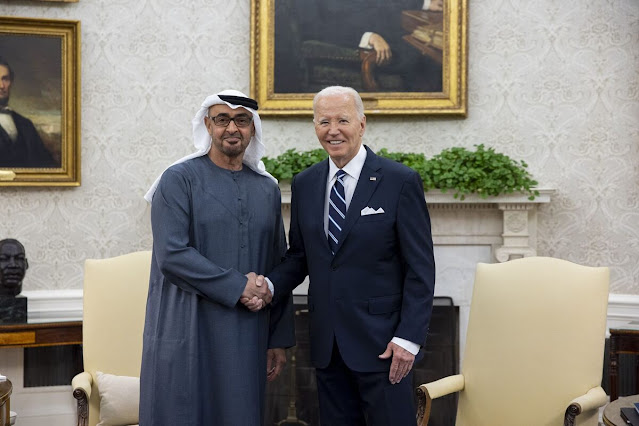Economic Stability of the United Arab Emirates: A Model for Success
UAE Ranks as the Most Economically Stable Country, While the U.S. Falls to 13th Place
Defining Economic Stability
Economic stability encompasses several key indicators, including low inflation, sustainable growth, and high employment rates. These elements are crucial for creating an environment conducive to investment and innovation. The UAE exemplifies these principles through its strategic economic policies and diversification efforts, which have transformed its economy from a reliance on oil to a more balanced approach.
Key Economic Indicators of the UAE
The UAE's economic performance is marked by impressive statistics:
- GDP: Approximately $508 billion (1.86 trillion dirhams).
- GDP Per Capita: Around $87,729, comparable to leading Western European nations.
- Growth Rate: In 2022, the economy experienced a growth rate of 7.9%, with projections indicating continued expansion.
These figures underscore the UAE's commitment to achieving ambitious economic goals, including a target of 3 trillion dirhams by 2030. The nation has implemented comprehensive diversification strategies that prioritize emerging sectors and technological innovation.
Factors Behind the UAE's Economic Strength
Several factors contribute to the UAE's status as an economic powerhouse:
- Diversification: Historically reliant on oil revenues, the UAE has successfully diversified its economy. Non-oil sectors now account for over 70% of GDP, reducing vulnerability to fluctuations in oil prices.
- Investment Climate: The UAE offers a favorable environment for foreign direct investment (FDI), bolstered by minimal bureaucracy and a transparent regulatory framework. This has attracted significant capital inflows and entrepreneurial ventures.
- Sovereign Wealth Funds: The presence of some of the world's largest sovereign wealth funds provides a financial cushion against global economic fluctuations. Institutions like the Abu Dhabi Investment Authority hold trillions in assets that support national development initiatives.
A Brief Comparison with the United States
While the UAE enjoys its top ranking, the United States stands at number 13 in terms of economic stability. The U.S. boasts a GDP of approximately $27.4 trillion, making it one of the largest economies globally; however, it faces challenges such as income inequality and political polarization that undermine its stability ranking. The U.S. economy is characterized by significant technological advancements but struggles with domestic issues that can impact overall resilience.
The UAE's recognition as the most economically stable country serves as a testament to its effective governance and strategic initiatives aimed at fostering growth and diversification. As global economic dynamics continue to evolve, other nations can learn valuable lessons from the UAE's approach to achieving stability and resilience.
This discussion invites further inquiry into how countries can implement similar strategies to enhance their own economic conditions. What measures do you think are most effective for promoting economic stability in today's interconnected world?



Comments
Post a Comment